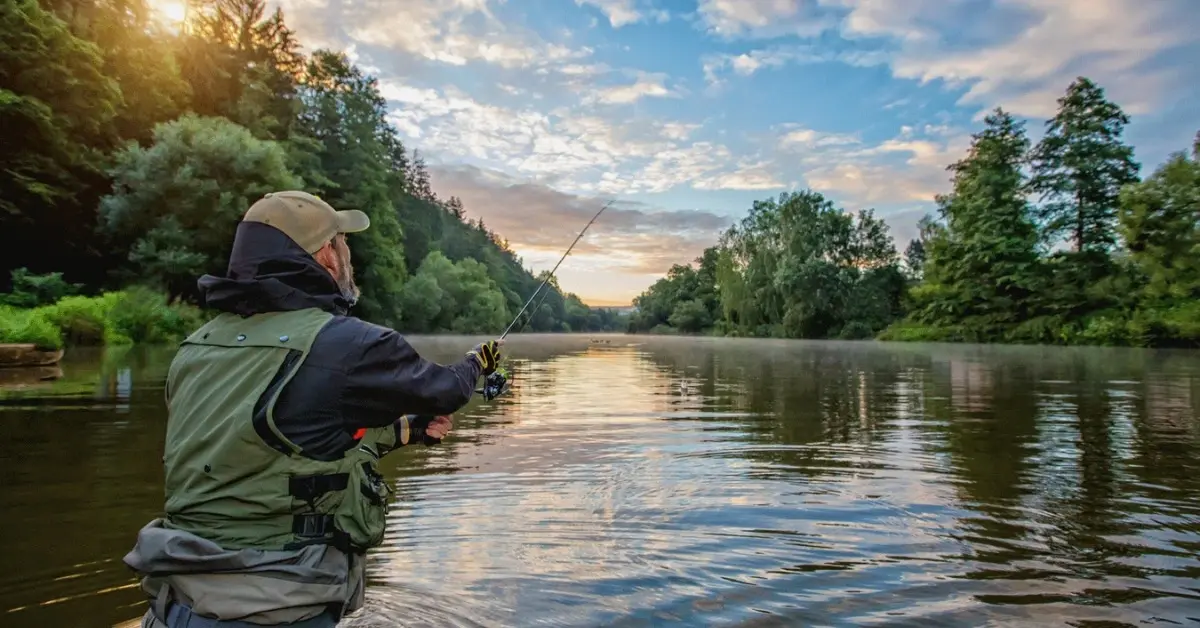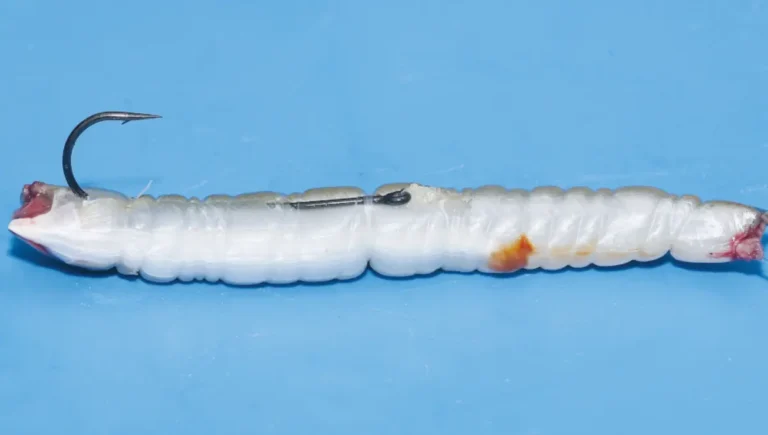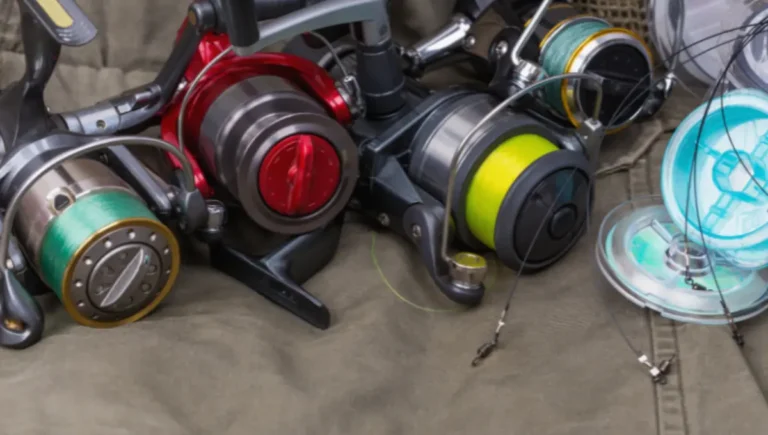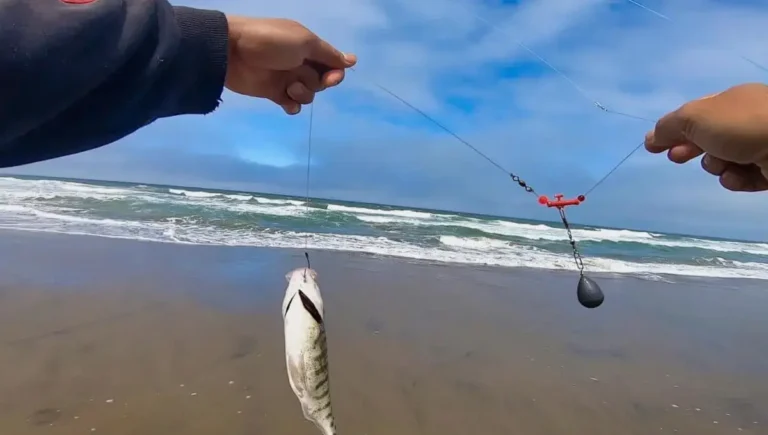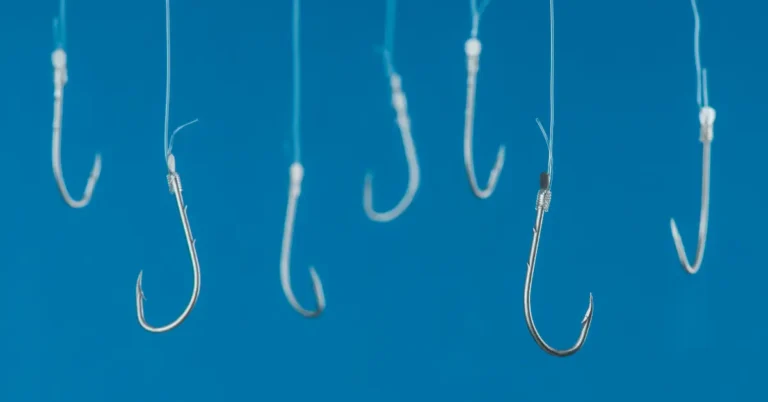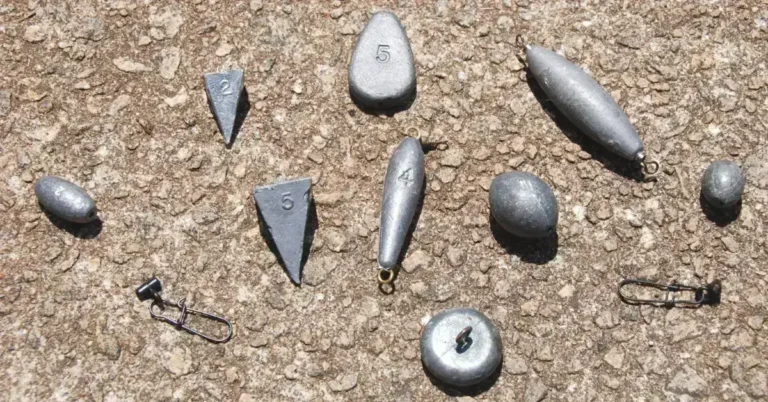How To Fish: A Step-By-Step Guide For Beginners
Fishing can be easy if you follow these steps. Start by finding a spot where fish are likely to be, such as near rocks or plants. Then, gather all your gear, including a rod, reel, bait, and tackle box. Learn how to tie strong knots to keep everything secure. Finally, practice different techniques, like casting or trolling, to catch fish effectively.
I’ve been fishing since I was nine, and after researching for eight hours, I created this guide to help beginners. Remember these steps before you head out: find the spot, gather your gear, tie the knots, and use the correct technique.
Also Read: How To Fly Fish
Finding A Good Fishing Spot
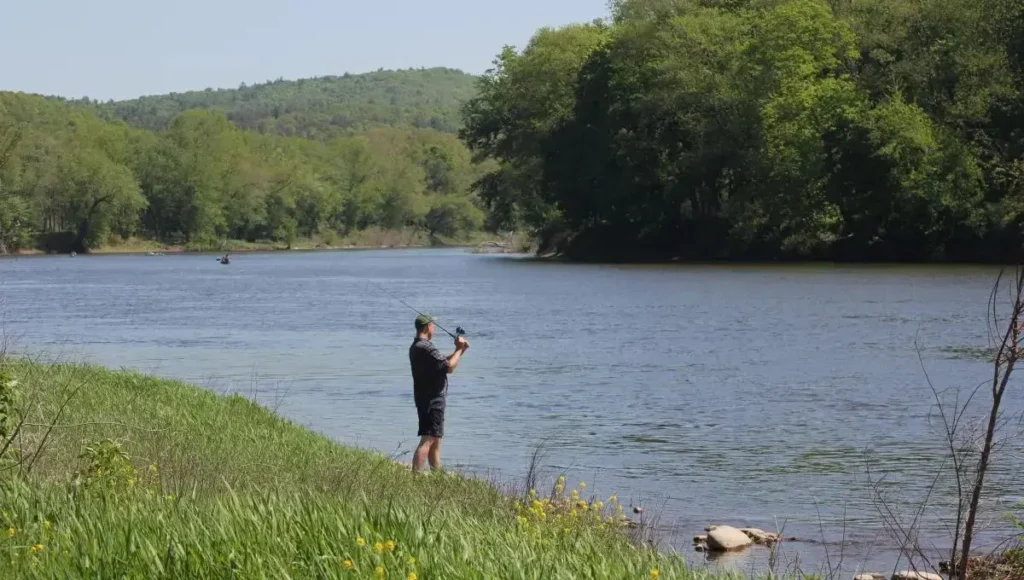
Starting your fishing journey at a lake is a smart move. I had my first fishing adventure at a lake, too! Lakes are packed with gamefish like bass, trout, and panfish. They offer great spots for fishing, such as banks and docks. Fish in lakes are often hungry, so they’re more likely to bite your bait. Rivers are another excellent option, especially if you’re after trout or salmon. For salmon, rivers are the place to be, not lakes.
Local fishermen are your best guides. Their experience is invaluable. Even with all the tips and tricks you learn, nothing beats real-life experience. Sometimes, even the best advice doesn’t work out because fish can be unpredictable. That’s where local anglers come in handy—they know where to find fish and how they behave.
The First Thing You’ll Need
Before you start fishing at your favorite spot, there’s an important step you can’t skip – getting a fishing license, legally, in certain places. While there are a few spots where you might not need one, most of the time, having a fishing license is a must to avoid any problems with the wildlife authorities.
Fishing licenses are like permission slips that allow you to fish. The good thing is that fishing licenses are affordable. A one-day license usually costs less than $20. If you plan to fish often, you can grab an annual license ranging from $30 to $150. Even though they’re pricier, annual licenses are a better deal if you fish regularly.
Fishing Gear
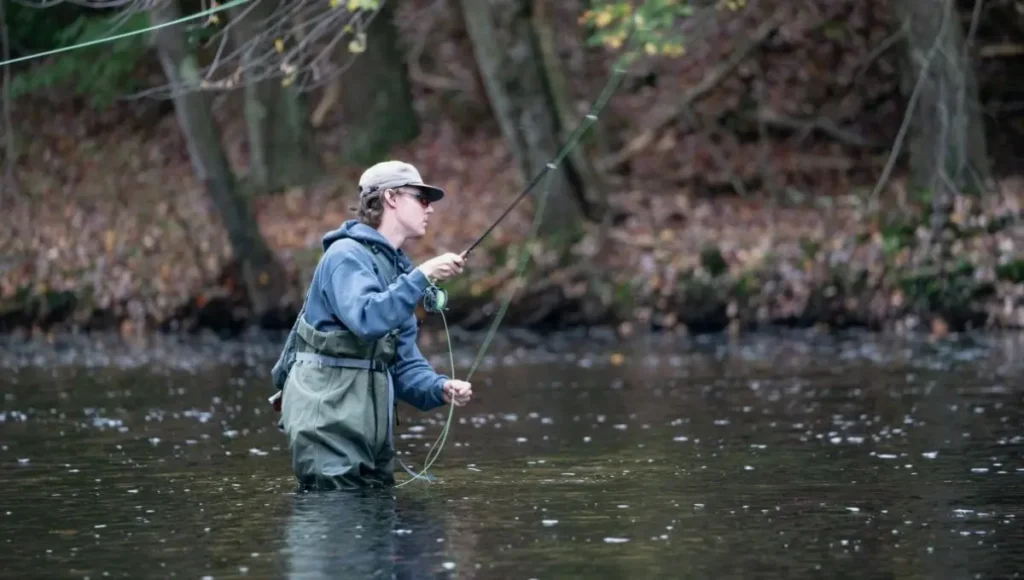
When I started fishing, I thought it was simple – just a rod, line, and a worm, right? But it’s not that easy. Just like a skilled samurai needs the proper sword, you need the right gear for fishing.
To start fishing correctly, you’ll need eight essential pieces of gear:
Each piece of gear comes in many variations, which might feel overwhelming. Choosing the right gear is crucial for success. Using the wrong gear can lead to problems and wasted money.
Gear selection is critical, so I’ve compiled a detailed guide to help you make the right choices. Be sure to check it out before you continue your fishing journey!
Tying Knots
Learning how to tie knots is essential now that you know what gear you’ll need for your first fishing trip. Many beginners need to pay more attention to this skill because it seems boring and unimportant. However, neglecting knot tying can make your fishing line snap when reeling in a big catch.
Avoid this mistake by taking the time to learn one or two solid knots and tying them correctly. It might seem like a small detail, but it can save you from the disappointment of losing your first catch due to a poorly tied knot. So, practice knot tying—a crucial skill for successful fishing trips!
Fishing Technique
Now, let’s tackle the trickiest part: fishing technique. Any fishing technique has three key steps: casting, setting the hook, and reeling in your catch.
Casting
Start with a spinning reel and rod for smaller fish. Leave about 15 cm (6 inches) of line sticking out the tip of your rod. Flip the bail arm on your spinning reel. Then, swing your rod overhead and cast it out with force.
Setting the Hook
When your bobber starts moving, please wait until it’s fully submerged before setting the hook. Pull the rod tip towards you firmly and vertically to drive the hook into the fish’s mouth.
Reeling In the Fish
Keep your rod vertical after setting the hook. Begin reeling in the fish until you feel it struggling. Hold the tension until it decreases, then reel in again. Repeat until the fish tires out. If the tension doesn’t ease, release some lines to avoid breakage.
How do you fish for the first time?
Fishing for the first time can be an exciting adventure! Here’s a simple guide to help you get started:
Frequently Asked Questions
Conclusion
Fishing is a rewarding and enjoyable activity for beginners. By following this step-by-step guide, you can confidently embark on your fishing journey. Remember to gather the necessary gear, choose a suitable fishing spot, and practice essential skills like casting and knot tying.
Be patient while waiting for a bite and handle caught fish with care. Most importantly, cherish the experience of being outdoors and connecting with nature. You’ll soon become a skilled angler with practice and persistence, creating memories that last a lifetime. Happy fishing!
